To paraphrase Dirty Harry: do you feel lucky?
You don’t need much luck if you’re good at weighing risks and rewards. Local SEO is nothing more than a bunch of trade-offs. Cobble together a few tactics, a simple method or two to gauge their effectiveness, and fallback options or ways to adjust, and you’ve got yourself a strategy. The specific tactics you stick together will determine how your strategy will work out – in the Google Maps results, in the organic results, and maybe beyond.
What’s a wise or dumb tactic or strategy depends on your risk-tolerance, your ability to measure and evaluate results, and what your alternatives are. If you’re doing at least some of the critical things I suggest – like leaning on “service” pages, creating spin-off pages, getting reviews, getting “local” links, and studying Search Console data, for starters – then you’re probably getting decent results, and your risks are minimal. But you want more. More visibility, more traffic, and more $$. Who goes to Vegas, wins a couple of hands at the blackjack table, and heads home? That, Gentle Reader, is why you’re considering other ways to get ahead, preferably on the sooner side.
How is that tactic likely to play out if you try it? Can it help you significantly if it works, and what can happen to you if it doesn’t? What about the other 2 or 3 moves you’re thinking about? Are they brilliant, flirtin’ with disaster, or both?
(I’ve divided up the tactics into a few categories: “Site,” “Google Business Profile,” “Citations,” “Links,” “Reviews,” and “Other.”)
Site:
1. Changing domains: high risk, low-to-medium reward. Switching from AcmeCompany.biz to AcmePlumbing.com may help some of your rankings a bit, but the difference won’t be like night and day. Also, whenever you need to 301-redirect a bunch of URLs, there’s a risk that Google won’t digest your changes in the way you hope or expect. Change domains if you need to for better branding, but don’t do it just for the SEO benefit.
2. Redesigning site or changing platforms: high risk, low-to-medium reward. Too often, internal links get chopped, title tags get wiped, high-ranking pages are removed or renamed or consolidated, 301-redirects aren’t set up, and all of it is done without a watchful SEO person monitoring the vital signs in Search Console, both before and after. With increasingly rare exceptions, a successful redesign or migration is one in which nothing happens to your rankings or traffic.
3. Pruning content on site: high risk, low reward. At some point I’ve got to do a post on this topic, because almost everyone messes this up. But here’s the basic idea: unless the content embarrasses you and can’t be salvaged practically, don’t remove it. Don’t get rid of it just because it doesn’t rank well. (It may get solid impressions and be on its way to getting clicks, or it may be relevant to low-volume search terms, or it may just need more time and internal links.)
4. Keyword-stuffing title tags: low risk, high reward. You probably won’t rank for every term you throw into your title tag, but in most cases it’s much easier to do so if you give it a whirl. That’s especially the case if the rest of your SEO game is solid.
5. Expanding existing content: low risk, high reward. Don’t just go longer for the sake of going longer, but definitely add more detail. Add FAQs, customers’ reviews, well-optimized photos (if applicable), a well-optimized video or two, and internal links galore.
6. Creating city pages en masse: low risk, medium reward. If you pump out thin, generic pages, the worst that happens is they don’t rank and don’t persuade anyone. But you’re not at risk of a site-wide penalty. Of course, you can always just do city pages the right way.
7. Using keyword-heavy anchor text in internal links: low risk, medium reward. Your internal links shouldn’t be gibberish, of course, but you can really lean on the anchor text. In my experience, it only helps.
8. Keyword-stuffing content on site: low risk, medium reward. The worst that happens is it doesn’t help the rankings of a given page, and that would-be customers think it’s nonsense.
9. Keyword-stuffing URL slugs and subdirectories: low-to-medium risk, medium reward. Keyword-rich URLs do help at least a bit, so if you’re creating a new page, it’s generally OK to pour on the sauce. What I generally do not suggest is changing existing URL slugs that are already basically accurate and descriptive, or adding or changing subdirectories, just to cram in more keywords. You’ll need to set up redirects, of course. Can you pull it off? Sure. Is the upside worth the hassle and the possibility that you or someone else may bungle the redirects? No, generally.
10. Creating lots of blog posts, perhaps with help from AI: low risk, medium reward. They probably won’t rank, or rank for long. If they don’t, the rest of your site isn’t collateral damage. If they do, then they may help your local visibility a little.
11. Specifying, optimizing, and maybe taking liberties with Schema markup: low risk, low reward. Schema markup doesn’t seem to help your Google Maps visibility one pinch (and I have a long history of using it). In some cases, marking up your reviews or pricing (for example) on certain pages might help you draw more clicks from the organic results. If you mess it up, Google just won’t show your Schema.
Google Business Profile page (“GBP”):
12. Changing street address: high risk, high reward. The farther-away the new address is, the riskier this is – not because it’s against Google’s guidelines or anything, but rather because the Google Maps results are inherently location-sensitive. You’ll probably rank better around the new address, and your rankings will probably dry up around the old address, at least in Google Maps. Often that’s an acceptable trade-off.
13. Creating extraneous GBP pages: high risk, high reward. There’s just a high likelihood that these additional “locations” of your business get suspended sooner or later. But what if even a couple of them do well in Google Maps for a year? Because any legit locations of one’s business generally aren’t at risk, I’d guess that 2 out 3 business owners conclude that the potential upside is worth it.
14. Using a totally fake name: high risk, medium reward. The branding may look fishy, reviews that mention your real name may look like they’re for the wrong business, you may get bad reviews intended for another business, you’ll probably have some incorrect citations, Google is more likely to auto-generate duplicate GBP pages, and Google is more likely to show competitors even when someone searches for your business verbatim. The keyword-rich name may or may not help your visibility, but it’s almost certain you’ll step on one or another rusty nail. Might work nicely in the meantime, though.
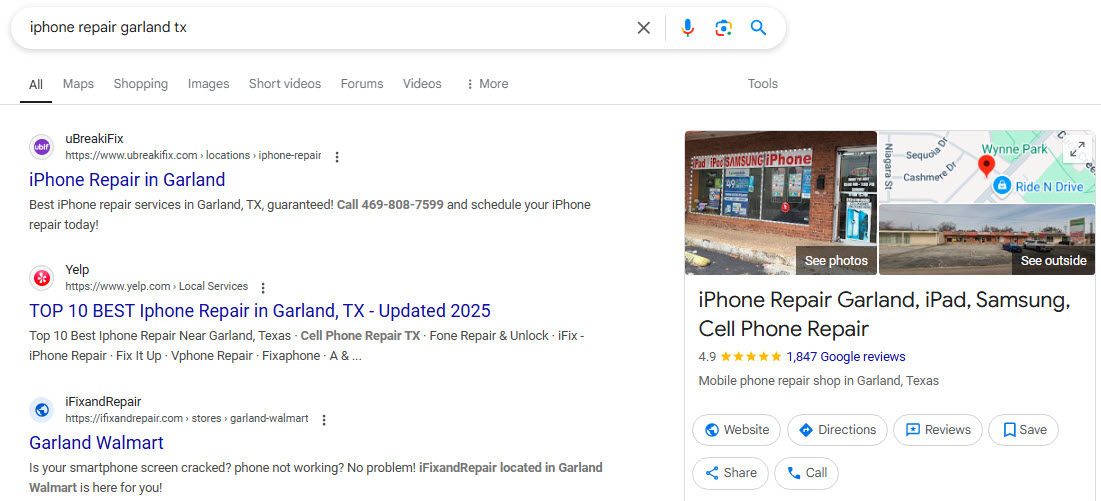
15. Using a fake address: high risk, low-to-medium reward. Whether, how well, and for how long it works depends on a ton of factors – too many to name here. So I’ll put it this way: if the rest of your local SEO (on-page, backlinks, etc.) isn’t that strong, and you’re really hoping the bogus address helps your Google Maps visibility, it will probably help you a little. If the rest of your local SEO is very solid, such that you’re not desperate for a boost from the fake address, the fake address will probably help you out more. Kind of a paradox. The other big issue with an iffy address is that you may have a hard time re-verifying it, especially by video.
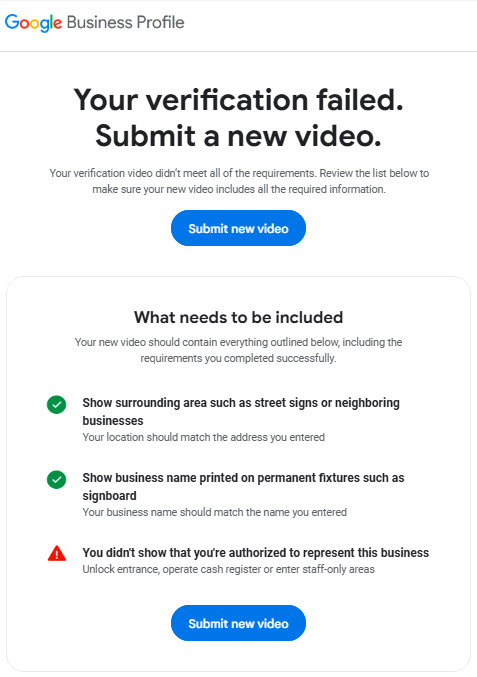
16. Revealing street address: medium risk, high reward. In general, this helps your Google Maps visibility at least a little, but leaves you more vulnerable to competitors’ reports and possibly to removal by Google.
17. Rebranding business: medium risk, medium reward. It’s a logistical hassle. Unless the old name was totally generic and the new one is dead-on relevant to what you offer, the juice probably won’t be worth the squeeze.
18. Creating GBP pages for fictitious businesses: medium risk, medium reward. If they don’t rank, the exercise was mostly a waste of time and maybe of resources. The only downside to your legit business is if you use the same address for the bogus business, and both businesses use the same GBP category (or a similar one), in which case the legit business may get filtered.
19. Keyword-stuffing GBP name: low risk, high reward. The worst that happens is Google removes the keywords. That’s why so many business owners take their chances here.
20. Concealing street address: low risk, medium reward. The page will be at a small disadvantage to GBP pages that show the address. But if your address is hidden, your page will be under less scrutiny and is somewhat less likely to be suspended. Caveat emptor: if you’re in an industry or category where Google expects you to have a bricks-and-mortar office, and especially if you select the “Onsite services not available” GBP attribute, your hidden-address page will be more vulnerable to a competitor’s “suggest an edit” report, and more likely to get snuffed.
21. Specifying 24-hour business hours: low risk, medium reward. If Google thinks you’re not really a 24-hour business, your hours will just be auto-updated. If they stick, though, you’re somewhat more likely to show up in the Google Maps results in certain situations.
22. Maxing out GBP features: low risk, low reward. Posts, photos, attributes, etc. In my experience, these won’t help you or hurt you. The main (but not only) downside is just the time-commitment.
Citations:
23. Keyword-stuffing or faking the name of your citations: medium risk, low reward. Where this works, it will probably help your “barnacle SEO” visibility, though not your visibility elsewhere in the organic results or in Google Maps.
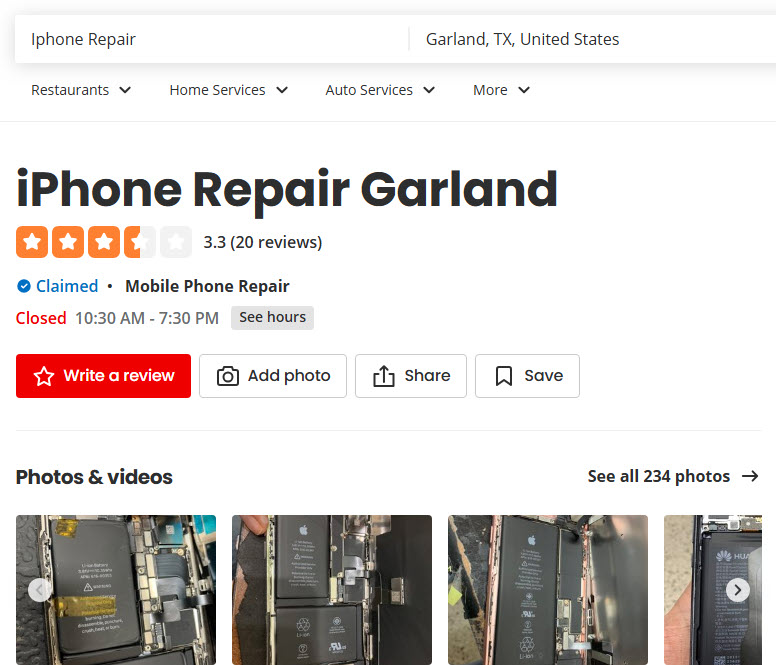
24. Creating listings for fictitious businesses: medium risk, low reward. The main risks here are that you look shady, that Google auto-generates duplicate GBP pages based on the messy citations, and that the phony business gets some solid reviews that your real business could benefit from.
25. Building a ton of citations: low risk, low reward. The only downside is the time it takes you (or someone else) to muck through the dozens or hundreds of sites, particularly if you ever need to update them. Won’t help your rankings much or at all, though, unless maybe some of the directories include followed links to your site.
Links:
26. Buying expired domains and 301-redirecting them to your site: high risk, low-to-medium reward. If your site is similar enough to the old site that some of the people who linked to the old site keep your link around, then redirects can give your rankings a nudge. But if it’s a bait-n’-switch that makes other site owners look bad, and especially if you redirect a lot of domains, this tactic can blow up in your face.
27. Buying expired domains, building new sites on them, and placing links to yourself: medium risk, high reward. If the site isn’t just a carcass that your link burrowed into – if you try to maintain and maybe even grow the site a little – then links on these other properties can help.
28. Using a heavy touch on anchor text of inbound links (where possible): medium risk, high reward. It gets risky if you stick your hand in the anchor text of just about every link you get, mostly because the temptation is too strong to link to pages nobody would otherwise link to, and to use crazy-optimized anchor text nobody would use. Practice some moderation and it’s not risky.
29. Buying links from link farms or similar sources: medium risk, medium reward. Google is surprisingly forgiving of these (in my experience), especially if you’ve got a site with strong backlinks. Most of the time, Google seems to ignore the bad links (at least these days), and only seems to hand out penalties when the link-buying gets extreme. The main hazard is that most people don’t have a reliable “off” button. Typically, they’ll buy a bunch of no-tell motel links, find that they help rankings, and then find that rankings and traffic have tanked – usually not because of a penalty, but rather because the links have just stopped helping.
30. Building a network of sites or a PBN: medium risk, medium reward. Interlinking a few sites is common, usually has a commonsense rationale, and (in my experience) can help a little. Google doesn’t seem to care about that. As usual, I just wouldn’t go hog-wild on it.
31. Using up-for-debate tactics like scholarship link-building and guest-posting: low risk, high reward. Should these be your main link-earning tactic? No. In the mix? Maybe.
32. Joining many paid directories: low risk, medium reward. Most of the directories that give you a solid “followed” link are specific to an industry (e.g. law). Having a few of these in the mix can help you, especially if you’re starting out and aren’t yet sure where else to scrounge links. But if your only way to get links is to sign up for every directory that will take you, you’ll hit the point of diminishing return with a splat.
32. Sending out press releases: low risk, medium reward. If you’ve got a story with legs, you may get some good links. If you don’t, news channels and newspapers and the like will just ignore you, and any press release(s) will yield only a bunch of nofollowed links that will eventually drop off. Wasting time is the only risk here.
Reviews:
33. Getting colleagues to write Google reviews for you: high risk, medium reward. Similar comment here: the rankings benefits are slight at best. If customers, clients, or patients are shy about writing reviews in general, and particularly about being the first, I understand the “get the ball rolling” argument. Still wouldn’t suggest it, though.
34. Getting bogus Google reviews: high risk, low reward. Google reviews have only a little influence on your 3-pack visibility, but enormous influence on your street cred. Most of the time Google will filter reviews and the occasional customer will call you out, but occasionally Google will pillory someone Yelp-style. Don’t bet the farm for a basket of eggs.
35. Buying Yelp reviews: high risk, medium reward. As unreasonable as Yelp can be, you still don’t want to be tarred and feathered in the village square.
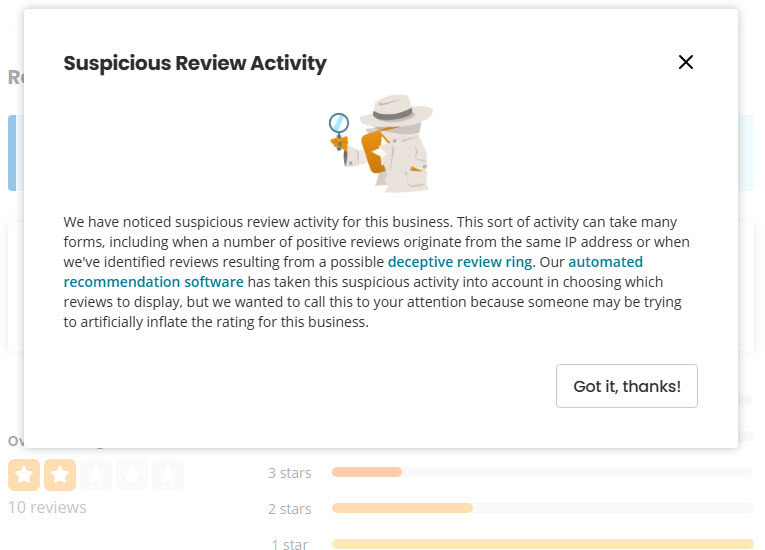
36. Encouraging Yelp reviews from customers: medium risk, high reward. I’m only including this on the list because of Yelp’s policies: According to Yelp’s rules you’re not supposed to ask customers at all. In practice, though, Yelp has no way to know if you do, so your only real obstacle is avoiding the filter.
37. Review-gating Google reviews: medium risk, high reward. Google is unlikely to do anything except filter some of your reviews. If you spend a ton of time and energy worrying about which customers to ask, then you’ve probably some deeper customer-satisfaction problems to work on. But if your SOPs are simply (a) not to ask every single customer for a review (b) not to ask customers who are obviously angry, you’re not at increased risk of getting reviews filtered or incurring some other penalty. That’s just common sense.
Other:
38. Keyword-stuffing titles of YouTube videos: low risk, high reward. My previous comment applies here. One reason to err on the side of a keyword-heavy YouTube video title is that you can always change it later. It’s good to experiment with these.
39. Creating spammy YouTube videos: low risk, medium reward. It’s not certain to help your visibility in YouTube and in the organic results, and you probably don’t want videos that disappoint would-be customers. Those are the only downsides, though.
40. Heavily optimizing photos, even when misrepresenting their contents: low risk, medium reward. If Google can even tell what’s in your photo, and it doesn’t square with the photo elements you’ve optimized, then the photo probably just won’t rank in Google Images. But if you get it right you’ll help your organic rankings and in turn maybe even your Google Maps visibility a bit.
—
People who are effective at local SEO are effective not because they know things and have tricks, but rather because they have a deep bag of tricks and can instantly whip out one or another, or one after another, based on how their overall strategy is working. It’s terrifying for everyone even when it works brilliantly.

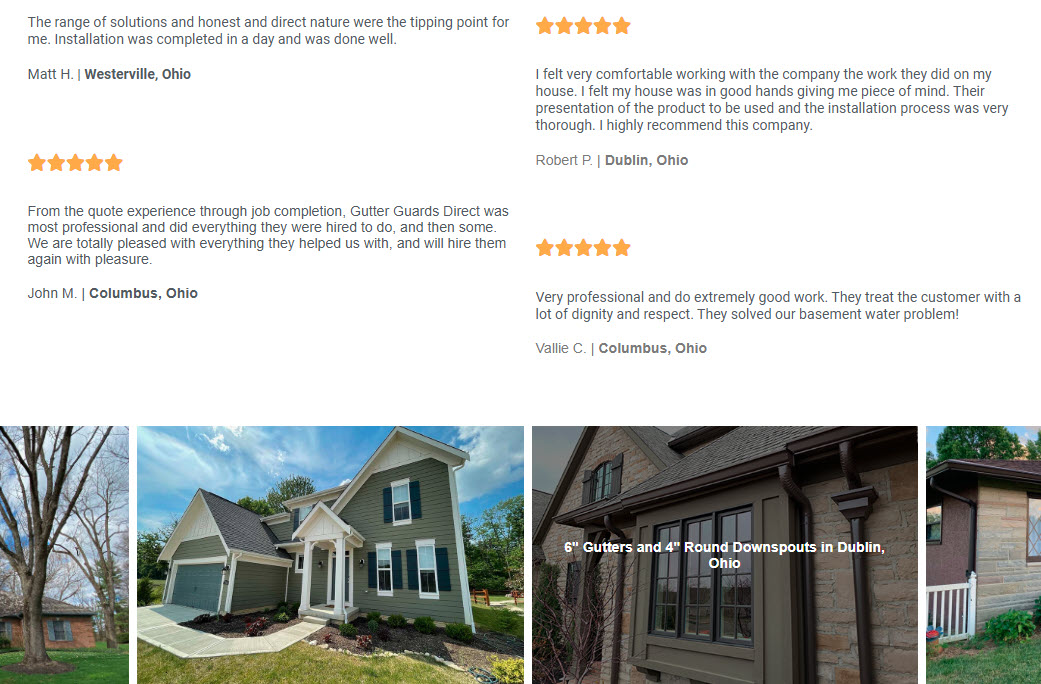

Recent Comments